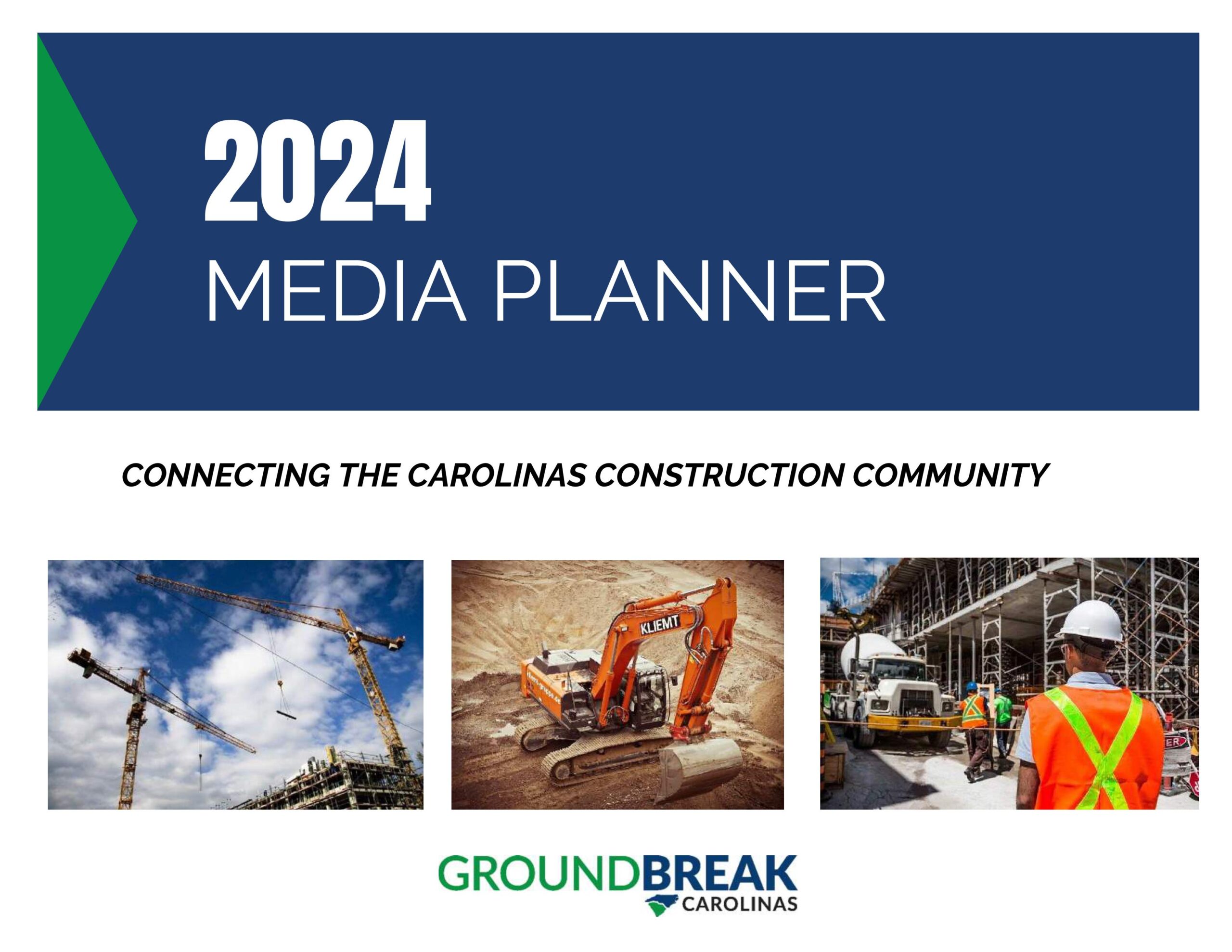
Embracing a Rapidly Changing Industry
A convergence of events has disrupted the construction industry. Company and industry leaders are responsible for decisions made in a world that is volatile, uncertain, complex and ambiguous (VUCA).
VUCA describes the situation of constant, unpredictable change that is indicative of the environment in construction today. The term was first used by leadership experts in 1987 and was later embraced by the U.S. Army War College to describe the military challenges of a post-Soviet era. As a concept, VUCA captured the difficulties inherent in no longer having a single enemy upon which to focus, but instead facing a multitude of threats that required new and different ways of thinking, seeing and reacting. For the construction of power facilities, VUCA conditions include rising material costs, supply chain interruptions, labor shortages, and political, economic and regulatory uncertainty.
While these conditions can complicate decision-making, embracing collaborative, creative communication and a flexible approach to construction will reduce risks and result in predictable energy project outcomes.
The current construction environment demand project planners and managers think outside the box and avoid traditional approaches to management and project delivery. For construction project success in a VUCA environment, it’s important that energy company executives and plant operators pick partners that offer timely insight into changing technologies, and market and labor conditions. An experienced contractor with a history of successful projects despite VUCA challenges is a key partner in anticipating and managing risk.
Here’s how to navigate VUCA on energy-related construction projects.
Volatility
Changing economic conditions, market demands and regulations create high levels of volatility for today’s construction projects.
For construction projects, equipment delivery is one of the most volatile aspects of construction. Supply chain issues, ranging from material availability to difficulties with permitting and transportation, particularly trucking and overseas shipments, are causing long lead times.
To achieve greater product flexibility and schedule adherence, very early in the process the team should reconsider old habits, such as establishing unique project designs. For example, while it once may have made sense to engineer a very specific product or system capacity, it is now advisable to provide vendors with a system capacity range and design parameters, instead. This provides flexibility to accomplish the same goal but with the best economic and schedule outcome available in the market at the time of procurement. Similarly, whereas the procuring team member may have been reluctant to announce a late delivery until all efforts to resolve were exhausted, in today’s environment such potential delays should be communicated among the team early. With adequate warning, the contractor and other team members are better able to react and respond quickly to delivery challenges with revised schedules, alternate products, and delayed hiring that keeps onsite labor to a minimum until needed. Open and timely communication is key to project success.
Bringing the contractor to the decision-making table early can help expedite decisions related to design and procurement and can slow the flow of capital spending when responding to unexpected delays.
Uncertainty
Uncertainty is unavoidable in construction. Environmental elements like unpredictable weather, market factors like supply chain disruptions, and estimating costs and schedules are challenging on any project.
Creating a strong risk mitigation plan helps navigate uncertainty. The project team can use risk registers to identify areas of risk, determine the odds of impact, and develop proactive mitigation strategies to limit or eliminate the effect on project outcome.
Risk registers communicate risk to all project partners early, giving teams the opportunity to address risk through all phases of a project. Thoughtful development and consistent review and updating of the project risk register will reveal challenges and threats, opportunities for improvement and areas that may require additional planning to respond to uncertainty. Following this process can give the project team and investors comfort that a project team recognizes areas of uncertainty and has a plan to bring predictable outcome to a project despite working in an uncertain environment.
Risks in labor can also be managed by working with a contractor in the early planning phases to optimize field productivity. For example, the team can use advanced work packaging (AWP), a set of “packages” that guide construction sequencing in a way that makes the most efficient use of time and labor and are scheduled to work with the available labor in a region. Additionally, the packages can be divided or bundled to provide more opportunities for subcontractors to supplement labor sources. This is another area in which flexibility during early planning phases can set the stage for adopting alternate approaches that maintain effective project delivery.
Complexity
Construction projects are often complex. Typically, many stakeholders are involved in a single project, and the whole team needs to navigate the supply chain and ever-changing regulations. Having an experienced construction partner on board provides perspective on constructability that can drive productivities up and field resource requirements down.
The construction partner should be brought to the planning table early to participate in preconstruction and help navigate complexity. A seasoned contractor can look at the entire construction process and break it down into smaller, easier-to-digest pieces to make the right decisions for each specific project component. The contractor can develop options and help determine the best way to package the project to provide the flexibility needed to respond to inevitable changes and challenges that will arise.
It’s not possible for one team member to understand all aspects of a project well enough to create a holistic project plan in a silo. An experienced contractor brings additional strengths to support alternate design options, refined timing of procurement requirements, relationships with community leaders, trusted subcontractors and vendors, and regional weather and labor availability knowledge during preconstruction to help develop project execution plans. Communication with all specialty areas of the project from planning to close out will lead to greater project certainty despite complexity.
Ambiguity
Construction projects often are plagued with ambiguity due to poor communication, frequent misunderstandings and conflicting information. These problems can lead to quality issues as well as delays that negatively impact the project schedule.
Control ambiguity with clear communication. When plans are vague, they are difficult to dial down into specific, actionable tasks. Vague plans give the impression of a lack of understanding and a lack of confidence, which leads to frustration experienced by all stakeholders. The team should take a slower, more intentional approach to preconstruction instead of rushing to market for design and construction, which leads to projects that are hard to interpret, and often have overinflated costs and schedules.
Focus on project needs, which are easier to define, instead of wants, which tend to be subjective and emotional and escalate lack of decision. Conversations about needs versus wants among the team can keep communication flowing smoothly and resolve issues effectively and quickly.
Identify true problems, and not only symptoms of problems. Experienced contractors can ask the right questions of the team and market to determine whether a challenge is the cause or a symptom. Commonly, construction problems are related to getting a project to market, costs, schedules or resolving future expansions. By finding solutions to problems, and not only their symptoms, contractors can solve challenges more efficiently.
Challenging times require project leaders to embrace an increased level of collaboration, communication, clarity, creativity and flexibility. Whether grassroots, expansion or retrofit power projects, project owners, engineers and contractors need to work in concert to address the issues and challenges facing today’s construction projects to deliver predictable project outcomes.
Brian Gallagher serves as Vice President, Corporate Development for Graycor, Inc., a national general contractor founded in 1921.






